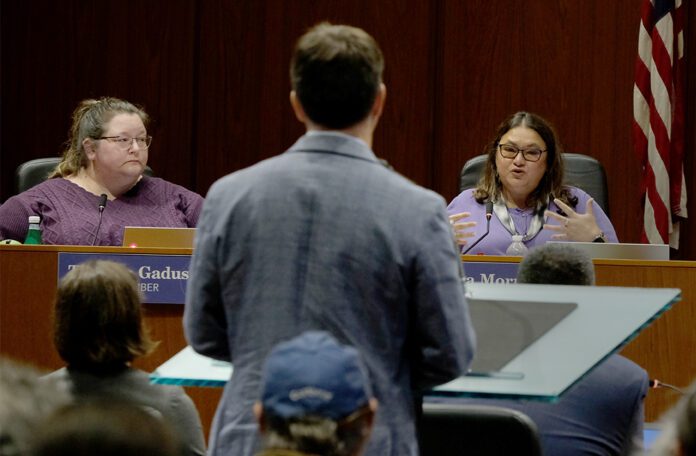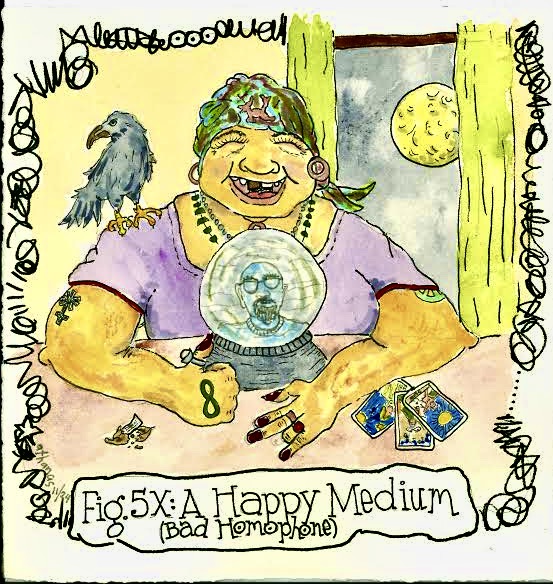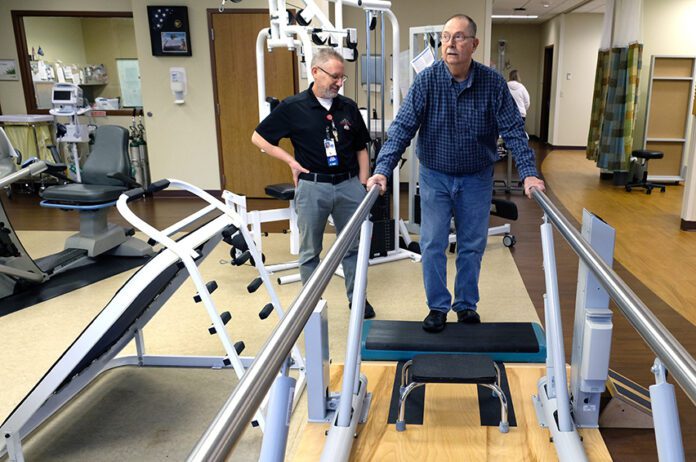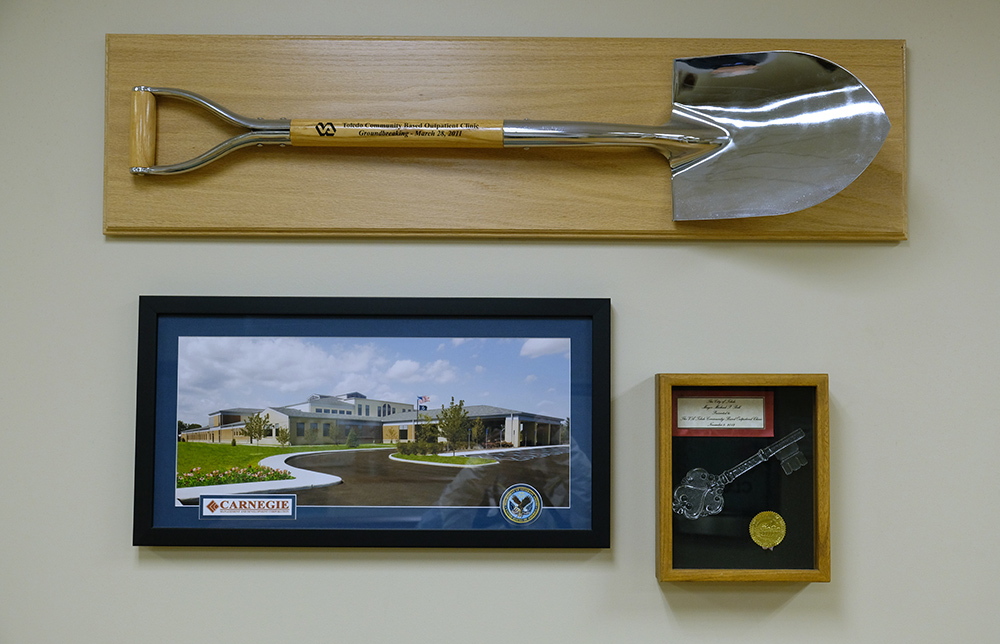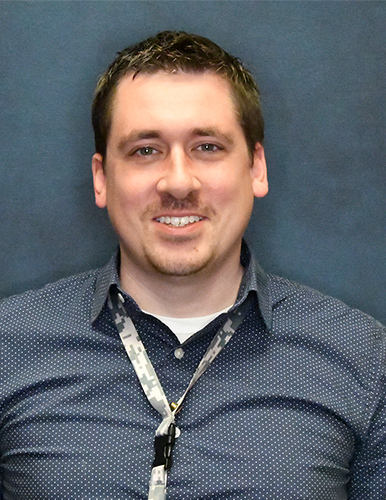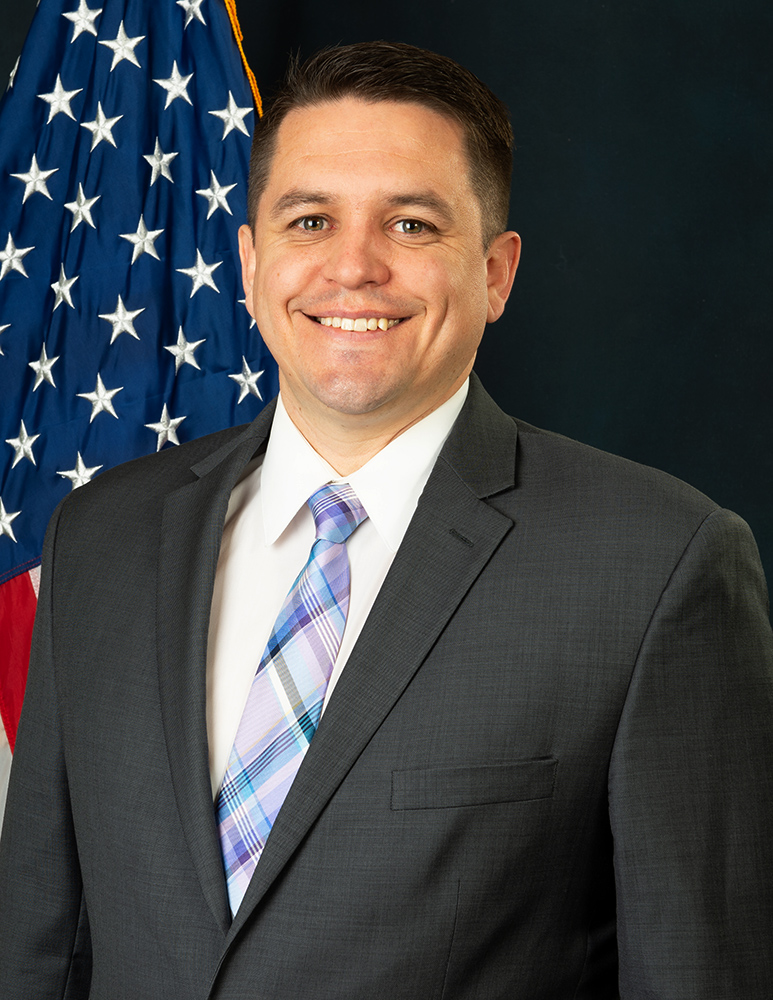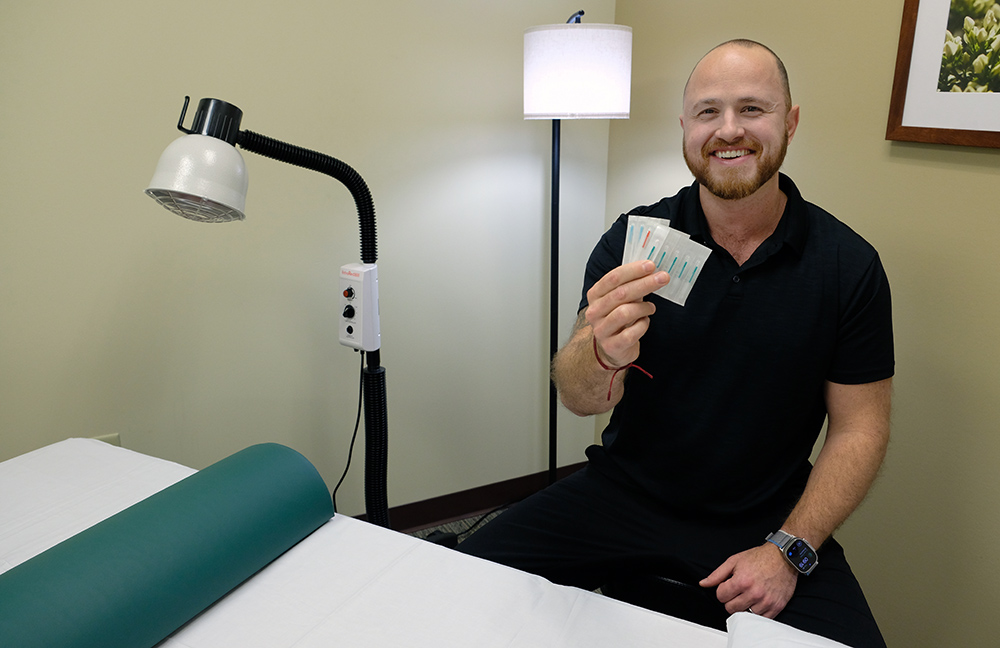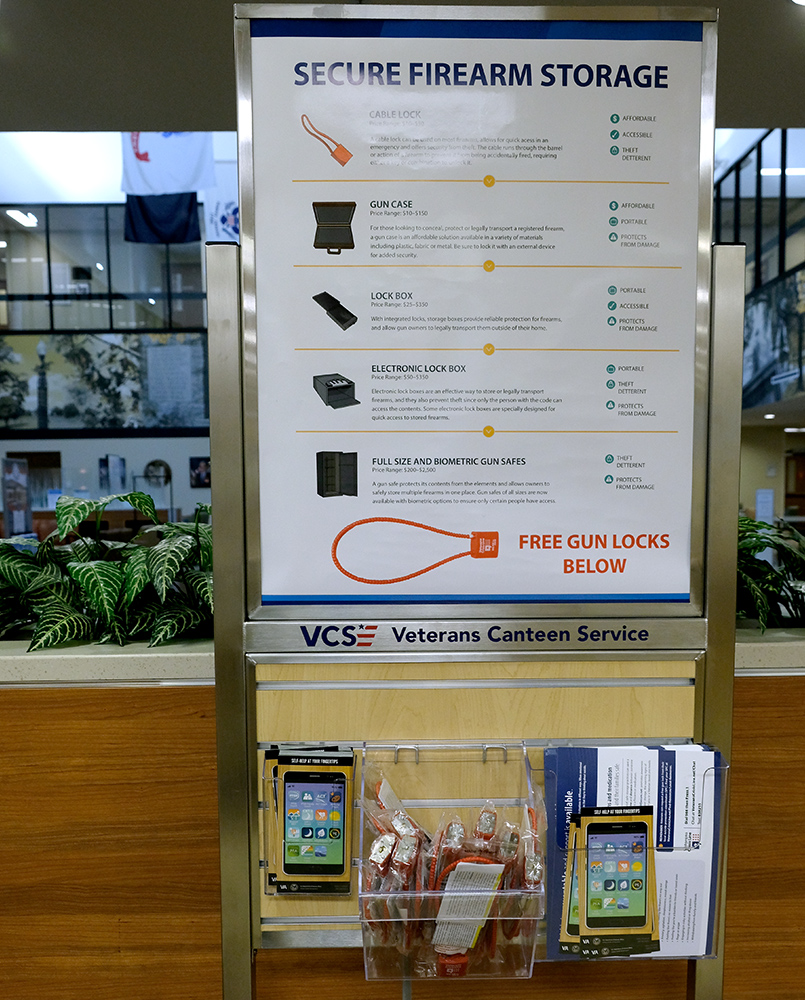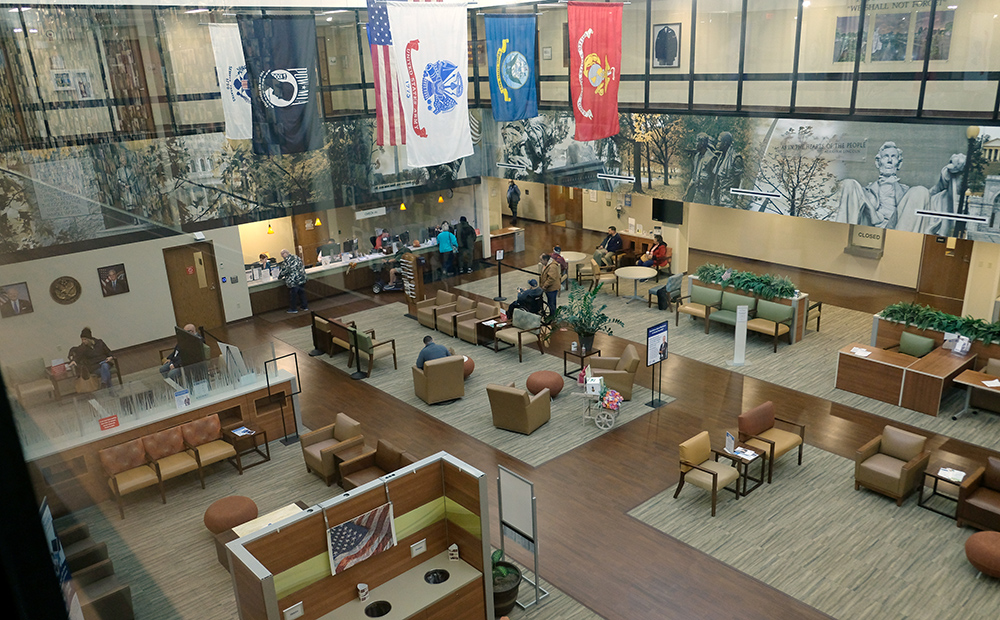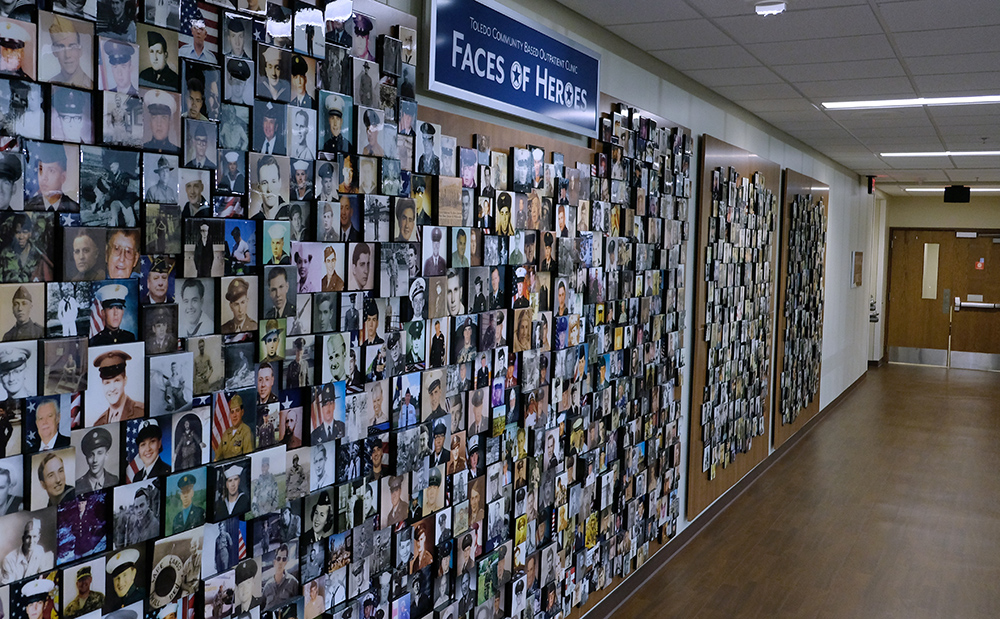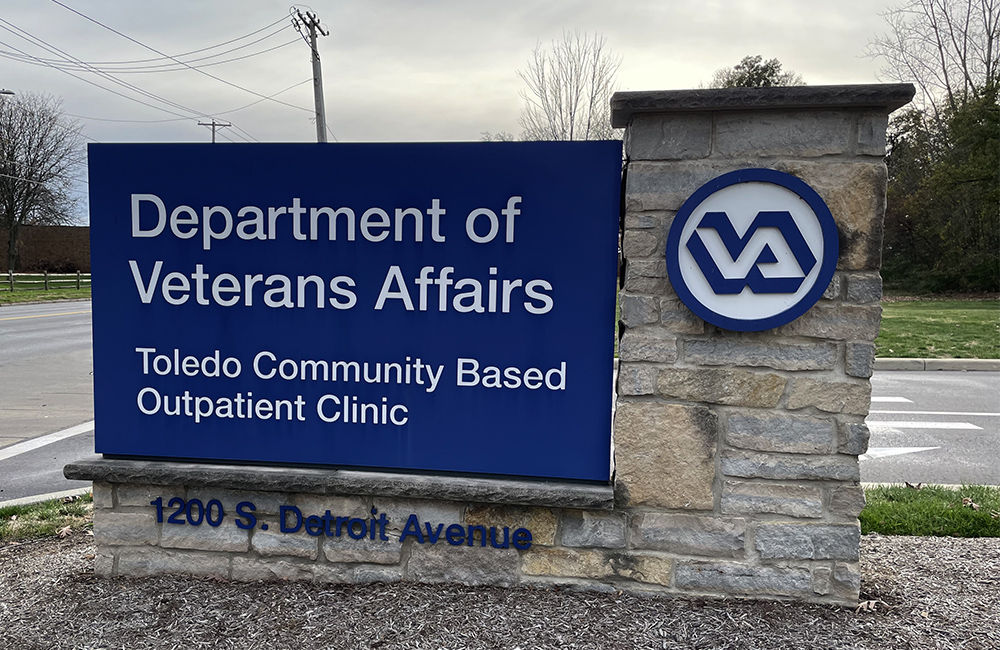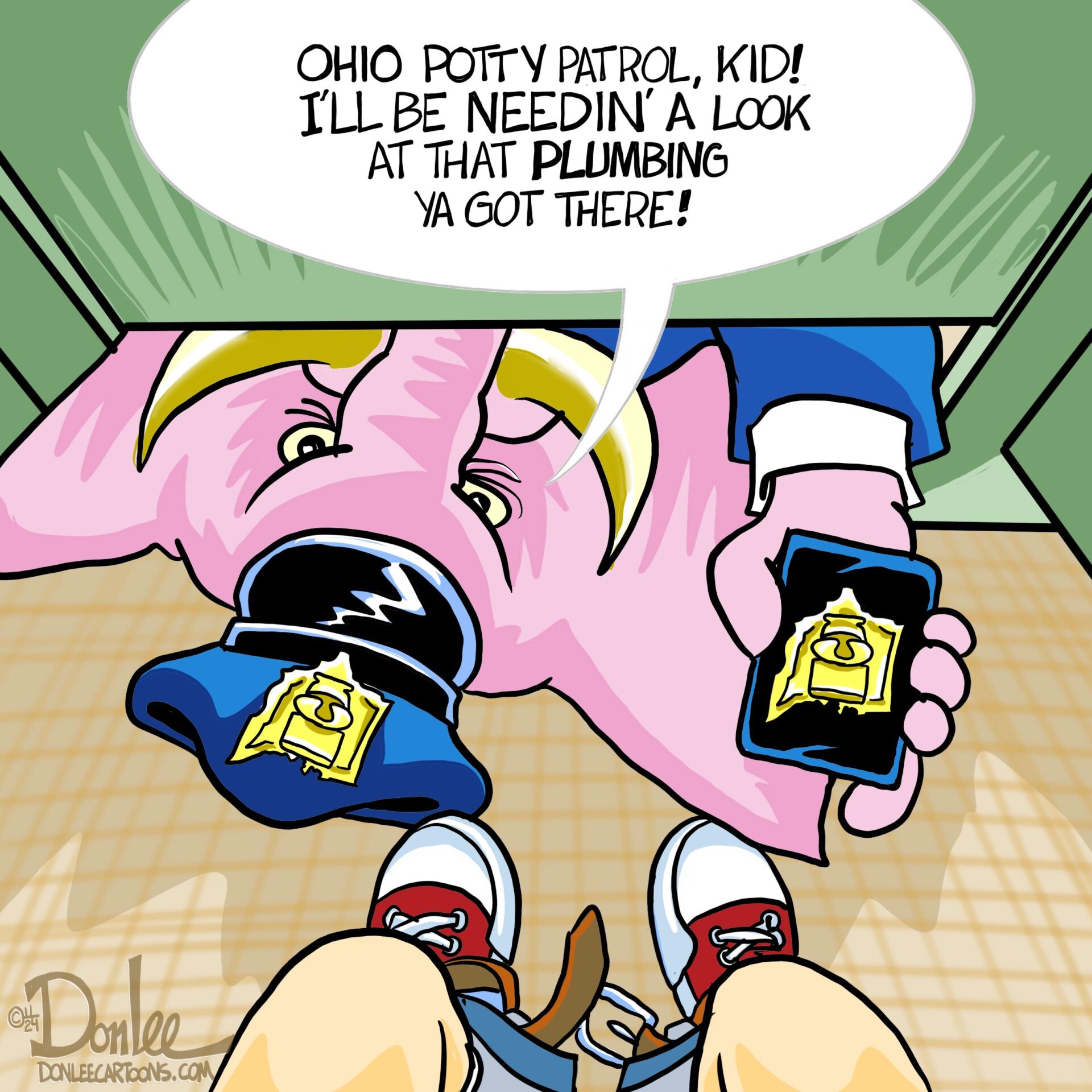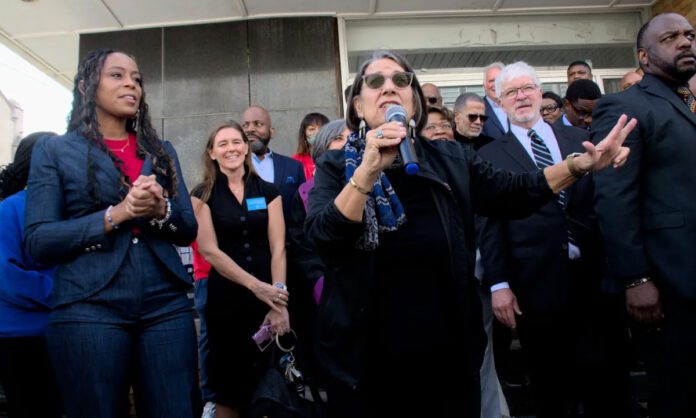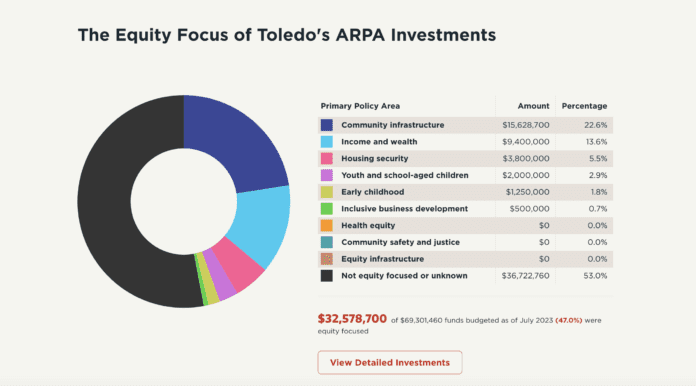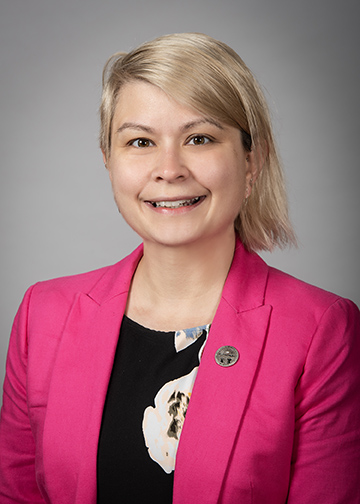Commissioners, council members hold first hybrid meeting
Story and photos by Lori King
TOLEDO – To hear community feedback on a proposed 4-year, $217,000,000 I-475 improvement project, Lucas County commissioners and Toledo city council members held a special hybrid committee meeting inside council chambers at One Government Center.
It was the first time these two government entities sat side by side during a public forum.
The Nov. 18 joint meeting focused on the proposal by the Ohio Department of Transportation (ODOT) to reconstruct approximately 4.5 miles of West I-475, from Douglas Rd. to U.S. 23. Details of the project, slated to begin in the summer of 2027, include reconstructing the pavement and infrastructure, correcting deficiencies, such as curbs and under drains, and adding lanes.
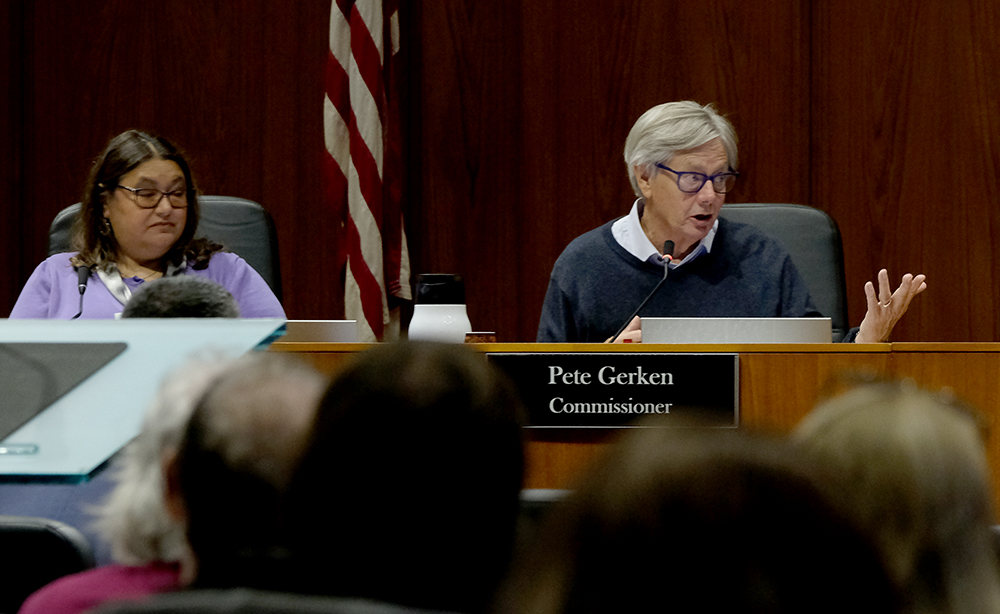
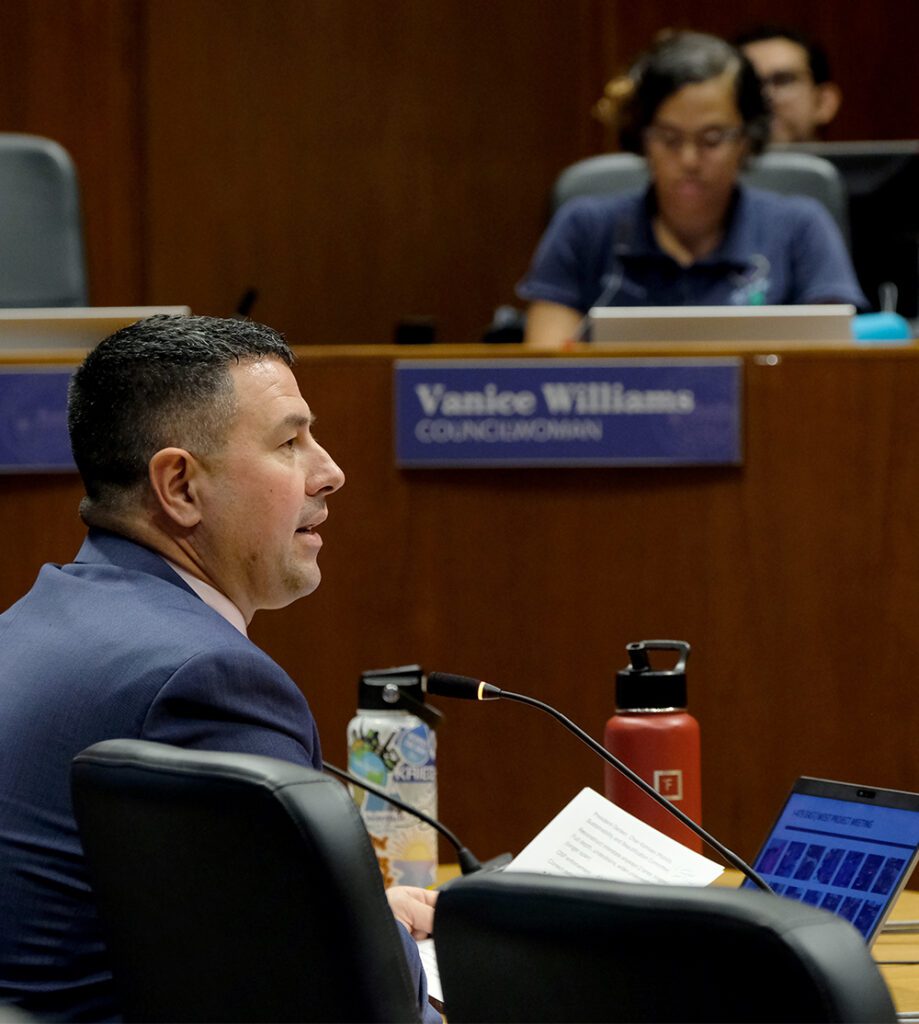

The meeting began with presentations from two speakers: Pat McColley, ODOT District 2 deputy director, who claims the widening project will lesson congestion and improve safety, and Peggy Daly-Masternak, coordinator for the I-475 Neighborhoods Coalition, who vehemently opposes it.
Before introducing McColley, commissioner Pete Gerken stated that the purpose of the public forum was to “hear voices on both sides of this very important project, from ODOT and the citizens who’ve been very organized and very vocal.”
Gerken said one of the things he promised during conversations he had in West Toledo and in his office was to hold a public hearing on the issue, “and we are keeping that promise tonight. I think it’s appropriate public policy.”
Gerken noted this was an opportunity for ODOT and residents to be in the same room at the same time, and that it was “not run by you, not run by them, but by the representative government body.”
First up to give testimony was McColley, backed by a team of staff, engineers and consultants. He started out by saying that when you look at projects like this, one of the things to consider is interstate reconstruction, which hasn’t been done since the 1960s.
He said it’s not just about widening I-475, but also replacing water and sewer lines; reconstructing pavement and under drains; expanding ramp lengths; fixing curves, shoulders and sight distance issues; and even making it safer and less difficult for law enforcement to monitor and enforce traffic in that narrow corridor of highway.
“All of that will be corrected with this project,” McColley said.
He emphasized that no houses would be taken, which was a main concern brought up by several council members, including Mac Driscoll, Theresa Morris and Theresa Gadus; however, there will be limited strip takes for about 30 properties.
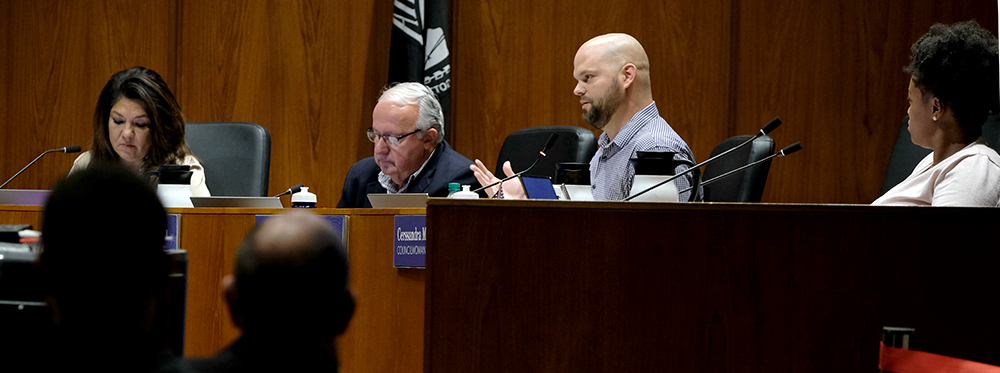

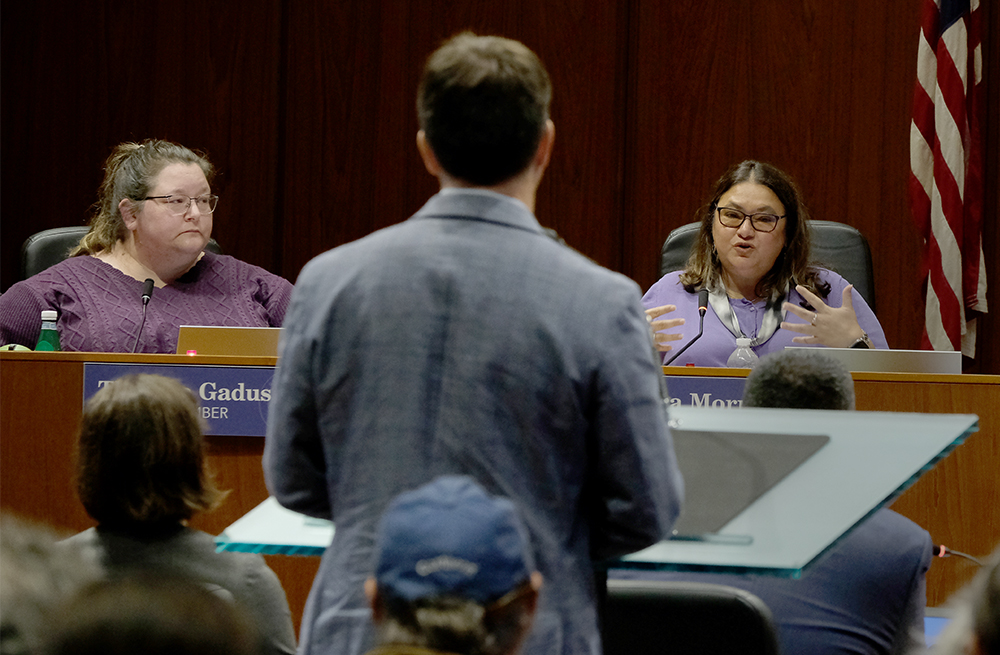

McColley said that because of public recommendations, ODOT will institute a tree program to make the area better environmentally, connect communities with two bridge caps, and add multiuse paths and sidewalks where none currently exists.
He then showed a PowerPoint before taking questions from commissioners and council members.
Nearly 90 minutes into the meeting, McColley vacated his seat for Daly-Masternak, who arrived with a few dozen supporters of her own.
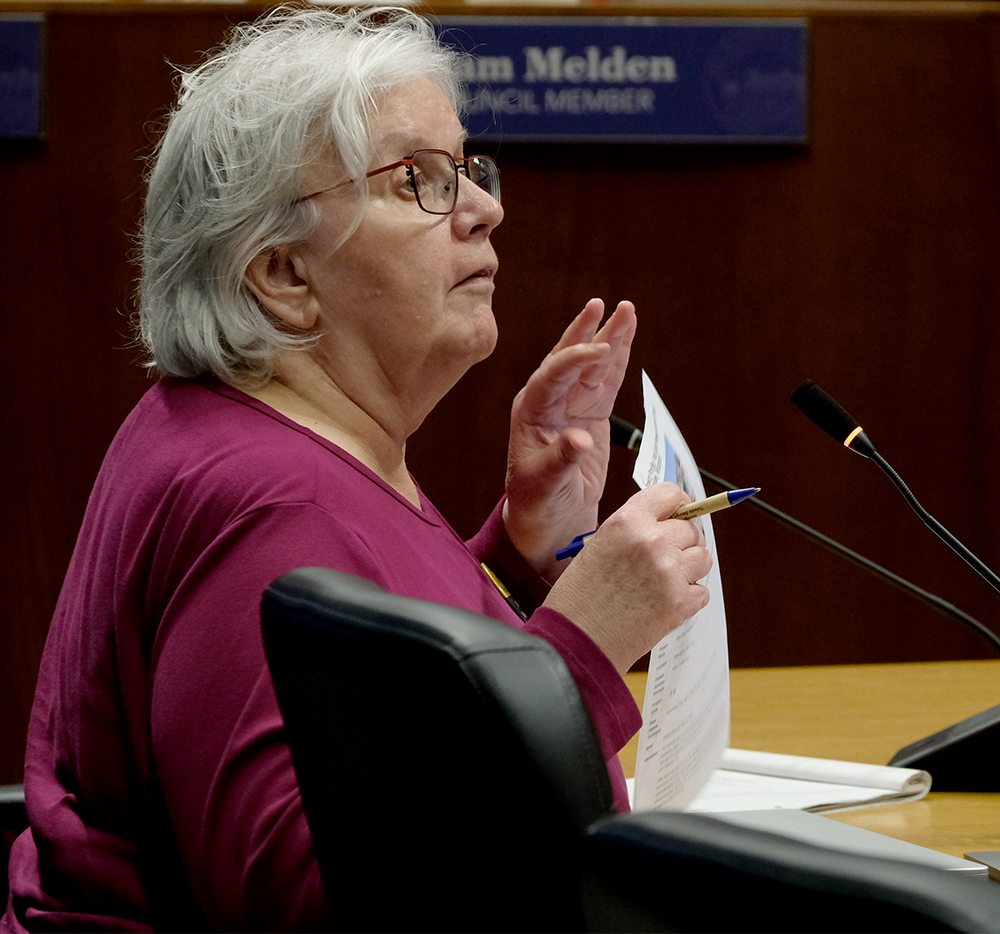

Daly-Masternak started out by saying, “I truly tell you there is a commitment here on the part of the neighborhoods and other citizens to oppose this, and it’s growing.”
She added that Toledo Mayor Wade Kapszukiewicz opposed it in a letter he wrote to ODOT in 2023. “He said, ‘This project is a solution in desperate need of a problem.’ It’s worse. The expressway is a nonproblem. ODOT’s solution creates far greater problems.”
She went on to list a few of the “significant harms” that would befall the people who live nearby:
- The use of “precious” tax dollars that could be “well spent” on so many other things.
- Climate concerns. “The entire project is in the historically rare Oak Openings region. The Nature Conservancy has said the Oak Openings region is one of the 200th last great places in America, and the entire footprint of the project will continue to decimate what’s already been decimated. It makes no sense.”
- Not looking at alternatives to economic investments, which should be returned back to the City of Toledo and Lucas County.
- The continuation of structural inequities. “The inequities began when interstates were first built to connect one city to the next … but were never supposed to be beltways, let alone ripped through cities that were red line districts and immigrant working class neighborhoods. Why would we continue those structural inequities by expanding I-475?”
Daly-Masternak told the commissioners and council members that “this is a once-in-a-lifetime opportunity to rethink what all damaging highways do. If this gets built, you will not be able to un-ring that bell.
“I really look at the critical importance of everybody who is sitting here, who has the opportunity, whether you can be the decision maker or not – you can definitely pass resolutions because city after city after city are standing up and opposing highways by their elected officials.”
After her presentation, which also included a PowerPoint, citizens took to the podium to voice their opposition or support for the I-475 expansion.
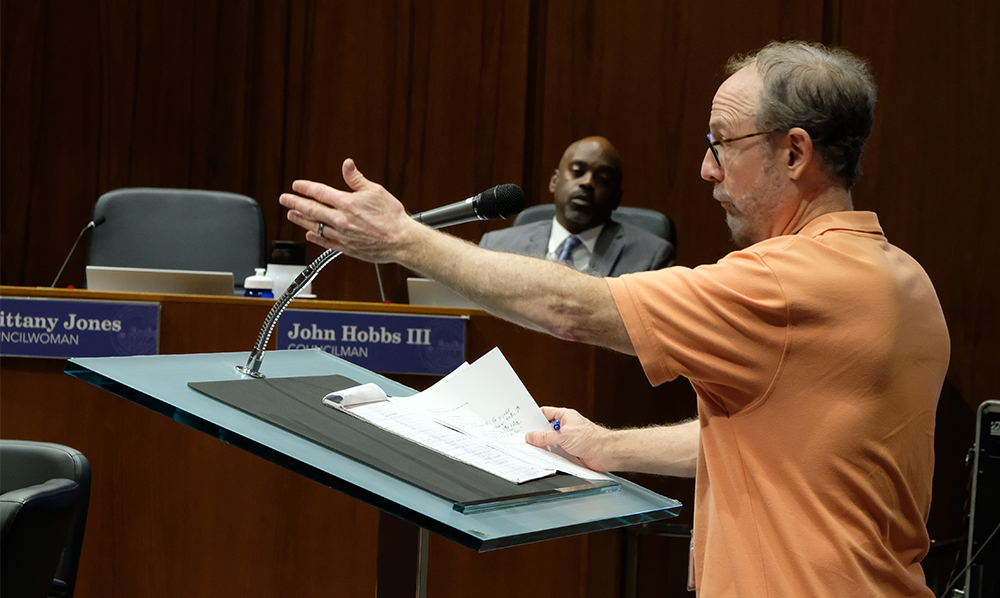

“First, we don’t oppose the reconstruction; if the freeway is ending its useful life at its base, that’s fine,” reasoned Rick Baum. “We oppose the widening of it. We just want to be clear about that.
“We talked about congestion … it’s shown in that data that it’s laughable on its face. The director points to some projections of increased traffic. I don’t know where that’s coming from, given the decrease in population,” Baum said.
Other citizens who opposed the project brought up concerns regarding climate chaos and global warming; tree removal; sound walls that make more noise, not less; putting citizens deeper into car dependency; neighborhood segregation and inequity; and taxpayer money for the maintenance upkeep of a wider highway.
In support of the project was Brian Dicken, vice president of Advocacy and Strategic Initiatives for the Toledo Chamber of Commerce.
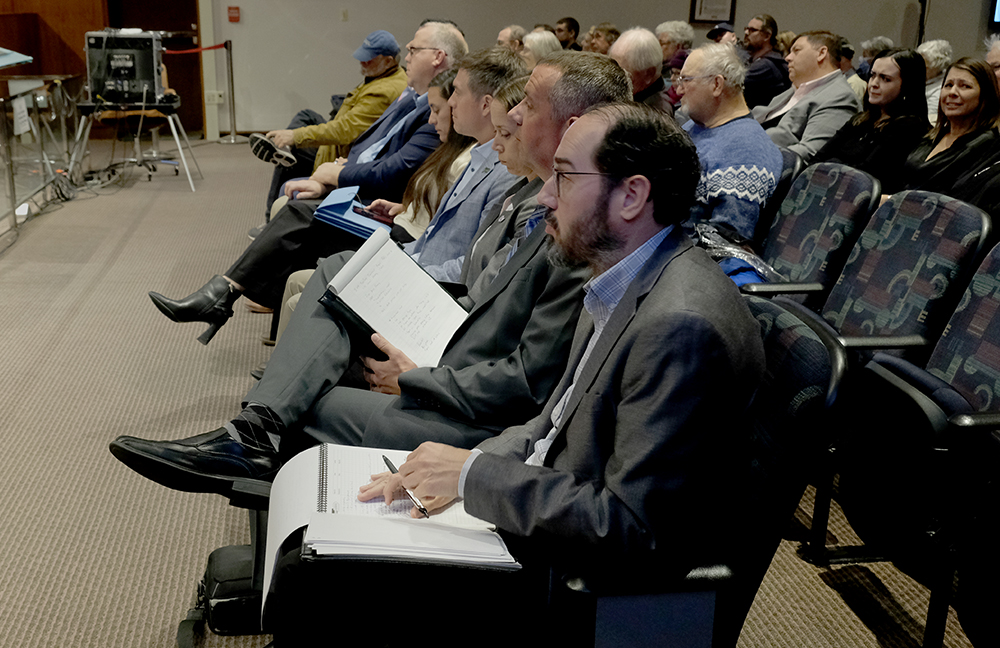

“On behalf of the Toledo Regional Chamber of Commerce, which represents nearly 2,000 businesses across the region and employs nearly 120,000 people, many of which are your constituents, I’m asking that you support this project, not because it’s an economic development project, because it absolutely is … it’s about safety.”
Dicken told the story of when he was heading west on I-475 a couple of weeks ago, and there was an major accident in the east bound lanes.
“As I moved through and saw the congestion and the backup on the eastbound lanes, there were emergency vehicles stuck in traffic. You can only imagine – what if we had broader shoulders and a third lane to make it easier for people to get the help they need in cases like that?” he asked.
“I often hear from my colleagues who live in the Sylvania area, ‘Hey, we’re going to be late because backups on 475.’ This isn’t once every six months; this happens on a regular basis,” he said.
“This is also about reconnecting our neighborhoods that got split 60 years ago. So, with the bridge caps and what we’ve seen with the green spaces, it makes them more walkable, more bike-able, and I think that’s a goal we’ve been talking about for a long time in Toledo.
“So, as we improve our infrastructure and reconnect our neighborhoods, we have an opportunity maybe to do something about these projections that we’ve heard (about),” Dicken said. “Start to increase our population and get back to the community we’ve all been striving for for 20 and 30 years.”
Dicken added that the project will create jobs for our region; provide Toledo significant income tax revenue that can be used toward other projects within the community; and generate sales and hotel tax for the county to help with their projects.
“Again, support this because it’s not just economic development; this is community development, and that’s what we all should be striving for,” he pleaded.
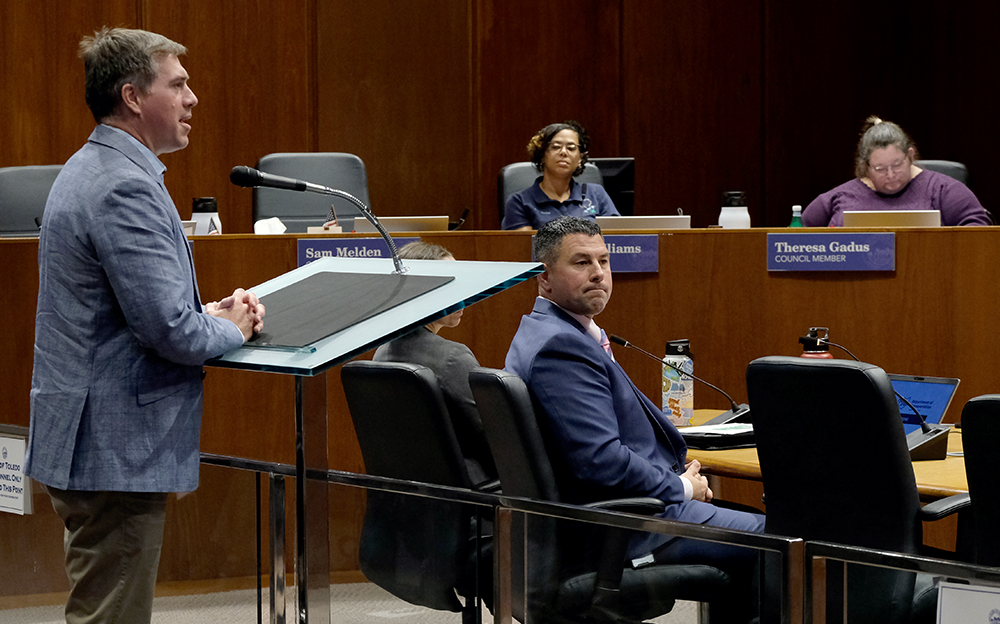

In a phone interview with the Toledo Free Press several days after the Nov. 18 joint session, McColley said he thought the public forum went well.
“I think we were able to properly explain and articulate the reasons why we’re looking to do this. It’s good for the city and the county, and for the elected bodies that represent both to understand what we’re trying to do.
“I don’t know that everybody fully understood what we are trying to do, as well as what our processes are,” Dickens said. “I think the public input, though, has been valuable and very important as far as what we want to see out of this.”
This was the fourth public hearing ODOT has attended for this project; the first was back in 2020. And it might not be the last.
To view ODOT details, go to ODOT PROJECTS.




